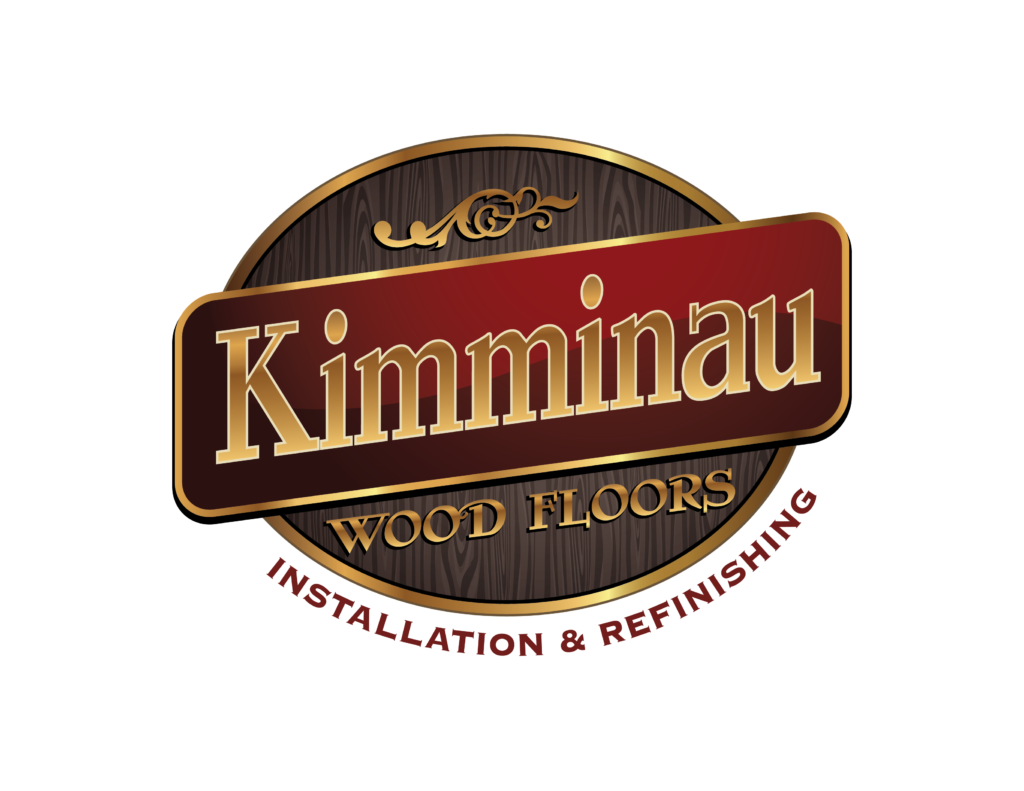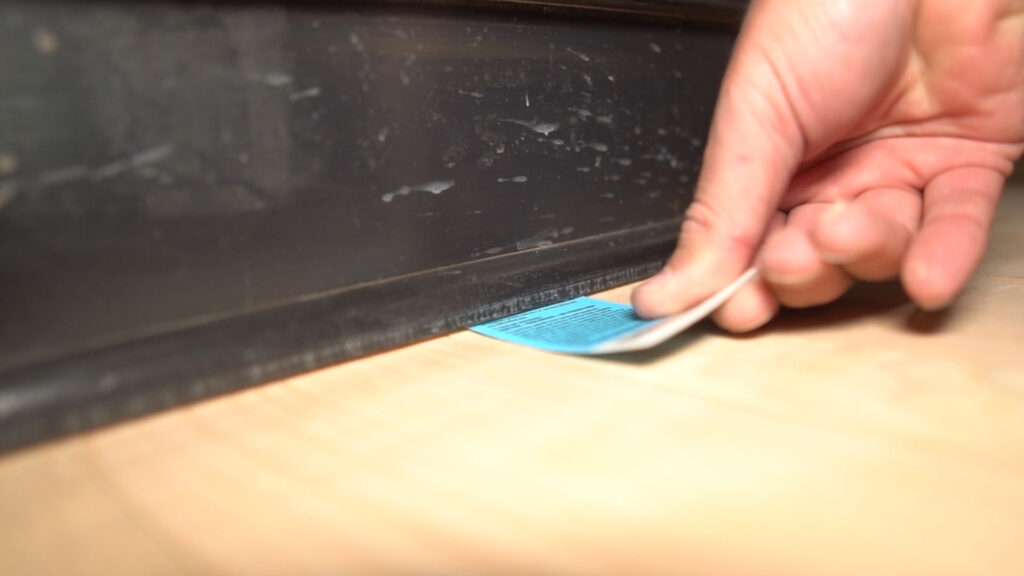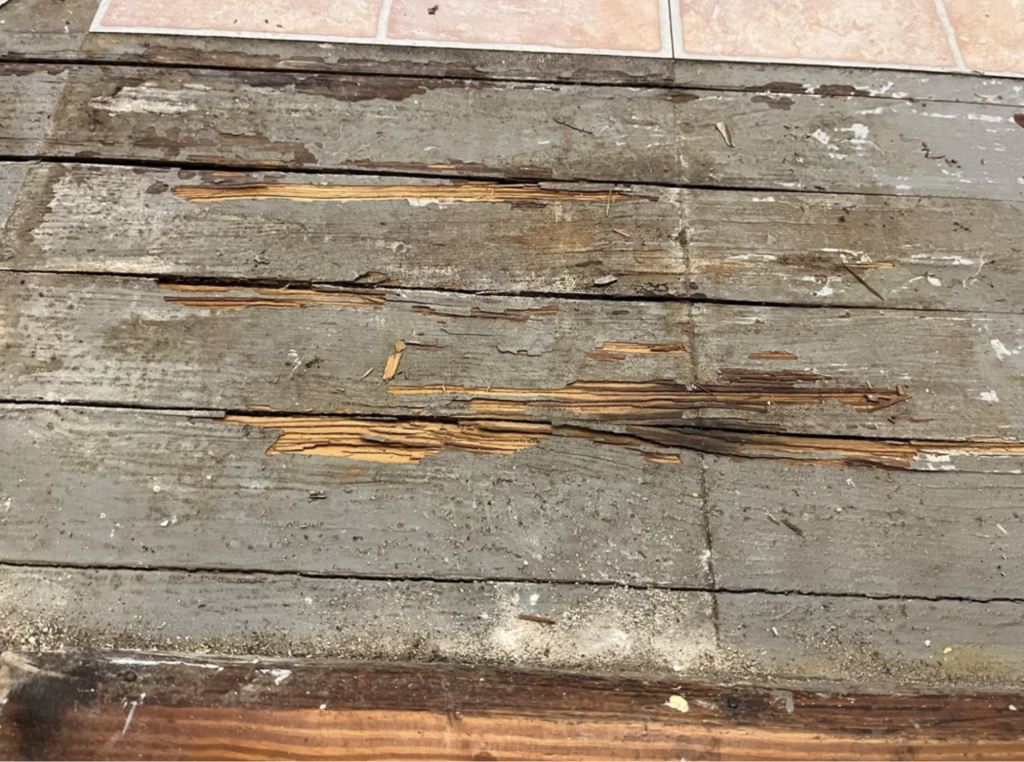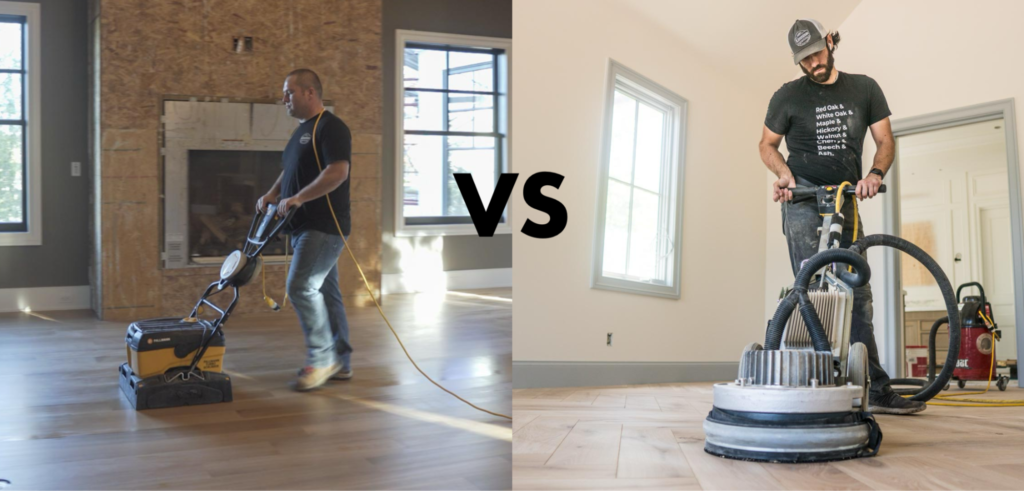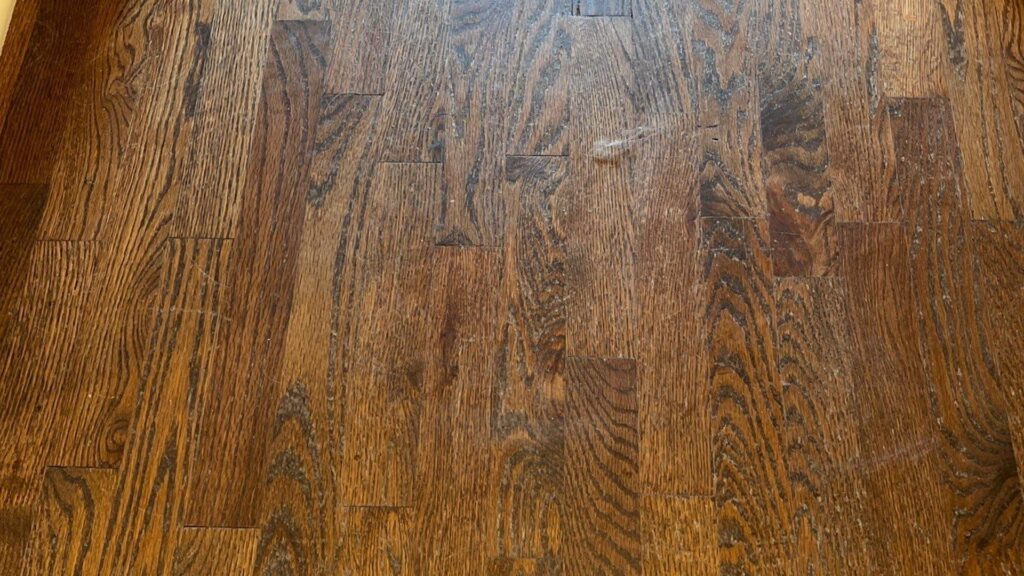Common questions we get from clients when reviewing their proposal…
- What the heck is base shoe, is that the same thing as quarter-round?
- My other quotes don’t include this, does it really need to be replaced?
- Can you remove and reset the same shoe?
- Can you install my new floor without base-shoe?
What is Base Shoe and Quarter Round Moulding?
Base shoe and quarter round are two types of molding used to cover the gap between the bottom of baseboards and the floor. Both are essential components in interior design, serving both functional and aesthetic purposes. The primary function of base shoe and quarter round is to create a seamless transition between the wall and the floor, hiding any gaps or imperfections. This not only enhances the visual appeal of a room but also helps in maintaining cleanliness by preventing dust and debris from accumulating in the gaps.
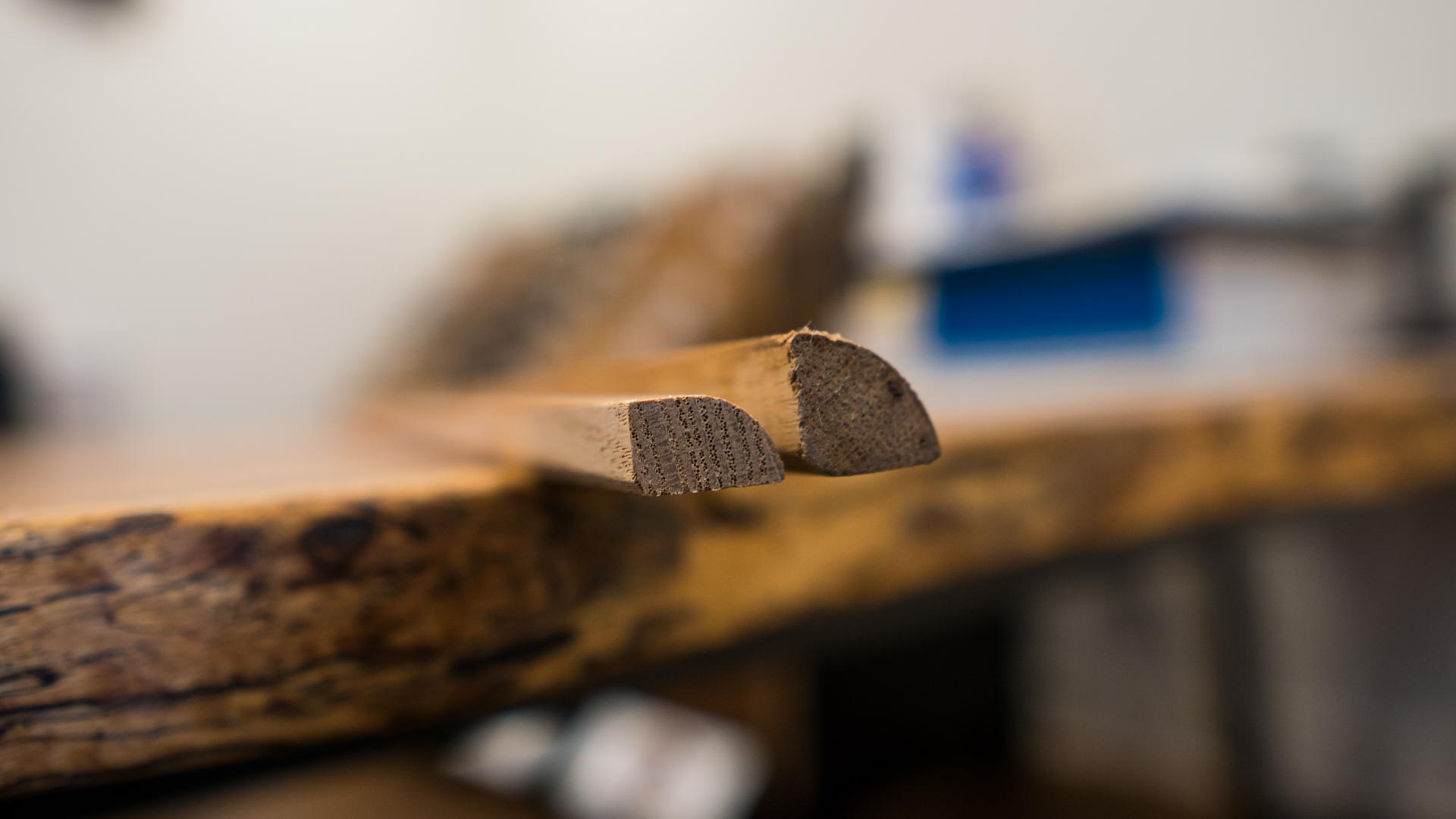
Differences Between Base Shoe and Quarter Round
In terms of functionality, both base shoe and quarter round are used to bridge the gap between the baseboard and the floor. However, they differ in their design and application. Quarter round is characterized by its perfect quarter-circle radius, making it ideal for filling corners and softening 90-degree joints between trim and moldings. On the other hand, base shoe has a slightly more square front and is designed to run along the intersection of the baseboard and floor, sealing the gap between them.
Base shoe or shoe molding is a 1/2in x 3/4in piece of trim at the bottom of a baseboard. It is the connecting piece between the baseboard and the wood floor. Quarter-round molding is technically 3/4in x 3/4in – Quarter round is literally one quarter of a round dowel, which is how it gets its name.
Materials Used for Base Shoe and Quarter Round
The materials used for base shoe and quarter round can significantly impact their appearance, durability, and functionality. Here are some common materials used for both:
- Wood: Wood is a popular choice for base shoe and quarter round due to its natural beauty and durability. It can be stained or painted to match the baseboard or floor, enhancing the overall aesthetic of the room. These are available in various wood species to match or complement your wood floors.
- Medium-Density Fiberboard (MDF): MDF is a cost-effective alternative to wood and is often used for base shoe and quarter round. It is denser than regular fiberboard and can be painted or stained to match the surrounding trim.
- Polystyrene: Polystyrene is a plastic material that is sometimes used for base shoe and quarter round. It is lightweight, durable, and easy to install, making it an attractive option. However, it may not offer the same aesthetic appeal as wood or MDF.
Which Floor Moulding Should You Choose?
Base shoe is by far the most popular molding we see in our client’s homes and is what we would consider the standard molding since it’s most commonly used on new home construction today. We see quarter-round in older homes, which have frequently settled and have a sizeable gap between the bottom of the baseboard and the hardwood floor.
You will usually see base-shoe installed over hard surfaces like tile, vinyl, and hardwood. You will not see base-shoe installed over carpeted rooms. Hard surfaces like hardwood floors need room for expansion and we do not recommend installing wood tight against the base-board, for this reason shoe-molding is often installed to cover the expansion gap.
Why Do We Recommend Removing Base Shoe?
If we’re refinishing your floor, it’s nearly impossible to sand up to the edge of the shoe molding without damaging it or leaving an unsightly gap underneath the base shoe. I can instantly tell whenever a floor has been previously sanded without having the base shoe removed. Take a look at the photo below as evidence.

There are rare occasions where we will make an exception and leave the base shoe in place. If your cabinets have a custom faux finish that would be difficult to match, we will leave the shoe in place and delicately hand sand around it. This process is much slower and very time consuming but necessary if we want to preserve the existing custom finish.
Can You Remove the Shoe and Reinstall It?
We’ve tried this approach and the results weren’t up to our standards. Removing the shoe inevitably damages the molding. Removing the existing nails is time consuming and will also damage the molding. Whenever you re-install with new nails, the end result is an unsightly piece of molding. Makes zero sense…take it from our experience it’s much easier to replace with a new piece of molding.
Can You Install New Hardwoods Without Base Shoe?
We get this request from time to time and it certainly has become a very popular look in trade/design magazines. In order to meet the standards and guidelines set forth by the National Wood Flooring Association, we always recommend leaving a minimum of ½” expansion gap between the hardwood floor and the wall. For this reason, we always recommend the use of base shoe in flooring installations.
Our Base Shoe Solutions
We want to replace your base shoe with something that matches your baseboard trim or cabinets as closely as possible. We recommend installing pre-primed base shoe molding if you have painted trim. If your trim is currently stained, we will scope in molding that matches the same species as your trim (red oak, white oak, maple, etc..) and stain as close to the existing color as possible. In our proposal, we include an option to have a painter caulk and paint the baseboard once the base shoe has been installed. Our turn-key process will have your trim looking brand new.
Our Pledge
As flooring professionals, we stay at the forefront of new advancements in the industry through continuing education and training courses provided by the National Wood Flooring Association. Our knowledge enables us to educate our clients on the pros and cons of various hardwood solutions. Our job is to listen to our clients and provide solutions that best fit their lifestyles. We provide easy and stress-free installations by staying informed, prioritizing clients’ needs, and setting proper expectations.
